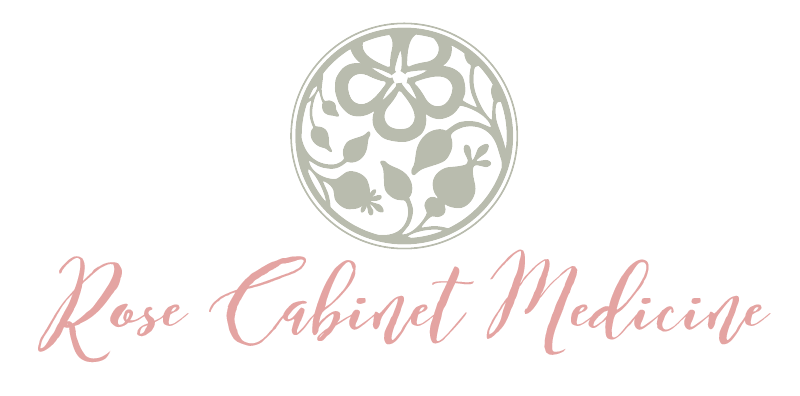If you have your finger on the pulse of what’s new in Natural Medicine you’ve probably heard about oil pulling. Folks are talking about it, blogging about it, making you tube videos about it. There is great debate about it. Is it the magical cure-all or a complete waste of time? But first of all what exactly IS oil pulling? Oil pulling has its roots in Ayurvedic medicine but was made popular by Dr. F. Karach, M.D. in the 1990’s. The technique involves taking 1 tablespoon of oil (most commonly cold pressed sesame, coconut or sunflower oil) into the mouth and vigorously swishing the oil through the teeth and gums for 20 minutes, then spitting it out and washing the mouth with water and brushing the teeth. The claim is that during this process toxins are pulled from the blood into the viscous oil and then expelled with the oil. There are many anecdotal claims on the internet that this practice not only is good for oral hygiene (cures gingivitis and bad breath, whitens teeth), but that it can cure chronic diseases such as blood disorders, arthritis, hormonal dysregulation, sinusitis, immune disorders and cancer.
Let’s face it: I’m a sucker for crazy ritualized health routines. I mean I have fully embraced the castor oil pack, dry skin brushing, jumping into cold water,eating organ meats, and more. So when I first heard about oil pulling from an interview with Bruce Fife ND, I was intrigued! Sign me up! I’ll try it! I could not think of any reason it would be a BAD idea to swish oil around your mouth. If nothing else, perhaps we absorb some good fatty acids through the mucus membranes in our mouth.
I do know that our mouths often harbor plenty of bacteria on a good day, and on a bad day can be the source of ongoing, hidden infections that the body has to continually fight off. Having a low grade infection takes lots of energy to keep the immune system so revved up and can lead to further complications. Coconut oil is especially antimicrobial, so there’s that. With my training in physiology I can’t say that I buy into the idea that toxins are being “pulled” into the saliva/oil mixture through this process. But I am the first to admit that there is a lot we don’t know about the human body and I don’t need to understand something for it to benefit me. I mean, I practice homeopathy after all!
So I have been practicing oil pulling with coconut oil (I am a big fan of the many health benefits of coconut oil and I buy it here) and a few drops of On Guard Essential oil (from doTERRA which you can buy here). Essential oils are some of the most potent antimicrobial agents (antiviral, antibacterial and antifungal), and have many antioxidant qualities as well. Adding essential oils to my oil pulling regime helps with bacteria in the mouth which cause tooth decay and inflammation. I do it once a day, in the morning, on an empty stomach. The first thing I noticed was that my teeth feel like I just came from a dental cleaning appointment. Smooth! Clean! Sexy! I’m watching my receding gums and hoping to see a change there. My chronic back and hip pain is improved (!). I don’t suffer from allergies or chronic sinusitis, but I do feel my sinuses drain each time I do it.
I'm convinced it is a wonderful addition to my self-care routine. Give it a try and tell me what you think!
References:
- Asokan S, et al. Effect of oil pulling on halitosis and microorganisms causing halitosis: a randomized controlled pilot trial. J Indian Soc Pedod Prev Dent 2011; 29(2): 90-4.
- Asokan S, et al. Effect of oil pulling on plaque induced gingivitis: A randomized, controlled, triple-blind study. Indian J Dent Res 2009; 20(1): 47-51.
- Asokan S, et al. Effect of oil pulling on Steptococcus mutans count in plaque and saliva using Dentocult SM Strip mutans test: A randomized, controlled, triple-blind study. J Indian Soc Pedod Prev Dent 2008; 26(1): 12-17.
- Asokan S, et al. Mechanism of oil-pulling therapy – in vitro study. Indian J Dent Res 2011; 22(1): 34-7.
- Singh A, et al. Tooth brushing, oil pulling and tissue regeneration: A review of holistic approaches to oral health. J Ayurveda Integr Med 2011; 2(2): 64-8.

